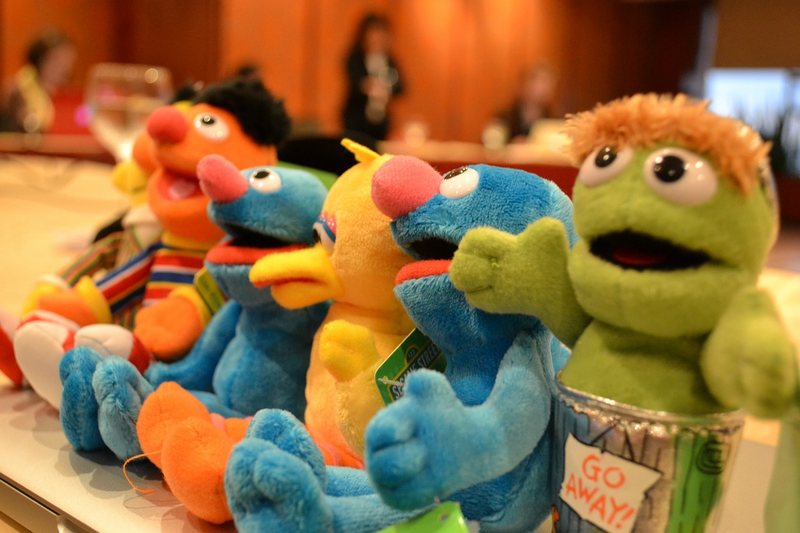ATD Blog
6 Lessons Instructional Designers Can Learn From the Muppets
Fri Jun 07 2024

It’s easy to fall into a routine. Humans like predictable patterns and knowing what to do. There’s nothing wrong with that—but it can lead to some boring learning courses if we keep repeating the same structures and interactions over and over again.
When that happens, we need to actively seek out unexpected muses to jolt us out of our predictable patterns and away from our standard e-learning templates.
Where better to get inspiration from than the Muppets? Jim Henson’s lovable yet anarchic puppet troupe has much to teach us about crafting engaging, human-centered learning experiences.
Here are six lessons we can learn—and apply to our e-learning development—from Jim Henson’s creation of a memorable cast of characters and a show that endures in people’s memories long after they watch it.
1. Build Empathy
First things first. We need to develop empathy for our learners by deeply understanding their unique motivations, pain points, and perspectives. What challenges do they face in their role? What do they need to know to be more efficient or effective? Just as the laid-back amphibian could charm both kids and late-night TV hosts, we must intimately grasp each of our audience’s individual “life movies” to make the training relatable and resonant. That means getting out of our instructional bubbles through discussions, job shadowing, and maybe even a bit of play acting to become the learner.
2. Iterate
Speaking of bubbles, we need to pop our perfectionistic tendencies by embracing an iterative design process. The Kermit puppet has been updated and tweaked throughout the years, reimagined and revised from Jim Henson’s mother’s coat remnants into the globally recognized icon we know today.
Quit agonizing over every detail and instead rapidly prototype and pilot test concepts. Shared early and shared often, even the roughest drafts provide a kernel to evolve and refine based on real feedback.
3. Storyboard
Of course, what creative journey would be complete without channeling the Muppets’ talent for wild, unconstrained visual thinking? From Jim Henson’s intricate storyboard sketches to modern mind-mapping tools, visualizing ideas stimulates our brains to break free from linear thought patterns and organically connect concepts in innovative ways. Don’t be afraid to doodle out that gamified learning flow. Let your crayons and pencils go wild!
4. Reuse
Once you've nailed down a compelling concept, take inspiration from the Muppets’ ultimate skill—reuse, recycle, repurpose! With their interchangeable eyes, noses, wigs, and other wardrobe pieces, the same core puppet could be effortlessly reimagined into an endless cast of characters. We can mix and match our own reusable assets—templates, characters, activities, iconography—to accelerate development while maintaining a cohesive, authentic brand experience.
5. Enchant
Jim Henson used the art of illusion and “black box” magic to bring scenes like Kermit’s serene log singing to vivid life. While viewers saw a peaceful lake setting, the actual production involved Henson frantically puppeteering from an underwater air capsule, doing whatever it took to sell the grand illusion. Similarly, your learners may never realize the countless hours of planning, editing, and development required to craft a seamless “wow” moment in your learning modules. But they’ll be enchanted all the same!
6. Think Outside the Box
As a content creator, instructional designer, and e-learning developer, you must seek inspiration everywhere by stepping outside your training bubble. Video games, comedy, nature, cooking, Instagram influencers—the most electrifying “aha” moments often spark from the most unexpected places. Jim Henson stumbled into puppeteering from a home economics major, after all! With an open spirit of curiosity and controlled chaos, who knows what innovative experiences you could create?

